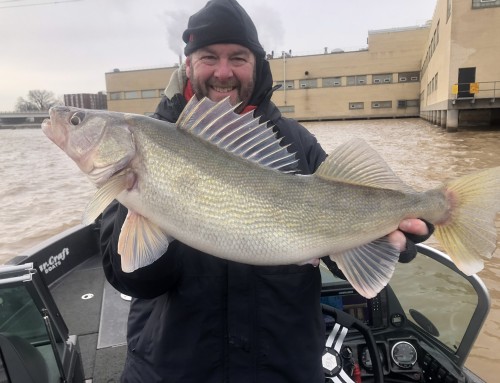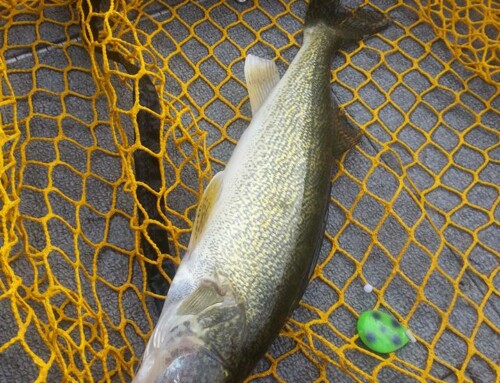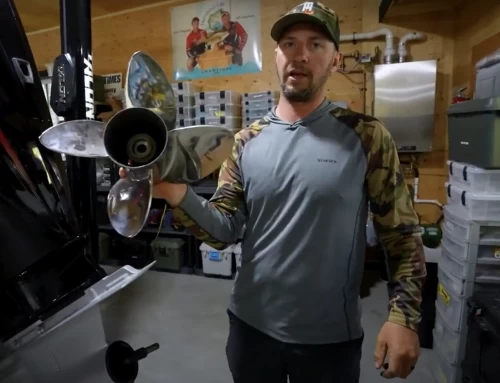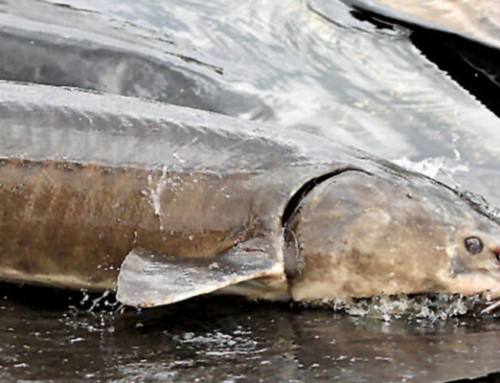“Multiple strong year classes that were produced during the 2000’s have fueled a robust walleye population and provided exceptional recreational walleye fishing opportunities throughout the system. However, as those year classes continue to fade out of the population, the health of the fishery will depend on the future year classes of fish.”
“The current walleye fishery is now mainly fueled by the strong 2008, 2011, and 2013
year classes. However, the 2008 year class is already over 10 years old and will continue to
fade from the population over the next few years. In addition, high exploitation on adult males
(31.7%), adult females (41.7%), and immature females (60.6%; primarily 2011 year class fish)
during the 2015 fishing season significantly diminished the 2011 year class. This was further
indicated in the 2017 adult aging assessment where the 2011 year class only represented 11.8%
of males and 21.9% of females. As a result, the strong 2013 and 2016 year classes represent
the future of the fishery over the next few years.”
To view the full report, click both links





